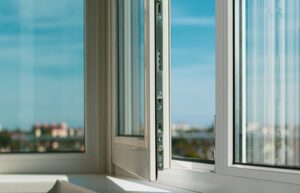Real-time 3D scanning has emerged as a critical technology in developing virtual and augmented reality applications. It offers a powerful tool for capturing and creating 3D models of real-world objects and environments, allowing for immersive experiences in gaming, education, training, and more. This article will explore the benefits of real-time 3D scanning for virtual and augmented reality applications.
Improved Realism
One of the most significant benefits of real-time 3D scanning is the ability to capture and create highly realistic 3D models of real-world objects and environments. This is particularly important in virtual and augmented reality applications, where the user’s immersion and sense of presence in the background are critical. Using real-time 3D scanning, developers can create highly detailed, accurate, and textured 3D models that look and feel like real things.
Faster Production
Real-time 3D scanning offers a faster and more efficient way to create 3D models. Traditional 3D scanning methods can be time-consuming and require multiple scans and post-processing. Real-time 3D scanning eliminates this need for various scans and post-processing, allowing developers to create 3D models in real-time and significantly reducing production time and costs.
Dynamic Interaction
Real-time 3D scanning enables dynamic interaction between the user and the virtual environment, providing a more engaging and interactive experience. For example, real-time 3D scanning can create interactive training simulations that respond to the user’s movements, providing a more immersive and engaging experience. This dynamic interaction can produce highly engaging and interactive educational, gaming, and training applications.
Improved Personalization
Real-time 3D scanning can create highly personalized virtual and augmented reality applications. By scanning the user’s body or face, developers can create highly customized avatars that resemble the user, providing a more immersive and engaging experience. This personalization can also create highly customized products, such as custom-fit clothing or prosthetics, providing a more comfortable and tailored experience.
Real-world Applications
Real-time 3D scanning has numerous real-world applications in the architecture, engineering, and construction industries. For example, it can create 3D models of buildings, sites, and environments, allowing faster and more efficient design and planning. Additionally, real-time 3D scanning can create highly accurate and detailed 3D models of machinery and equipment, allowing for better maintenance and repair.
Learn about the scans on Digital Reality Lab.
In conclusion, real-time 3D scanning is critical for developing virtual and augmented reality applications. It offers improved realism, faster production, dynamic interaction, personalization, and numerous real-world applications. As this technology improves and becomes more accessible, we expect to see even more innovative and exciting uses in entertainment, education, training, and more.




